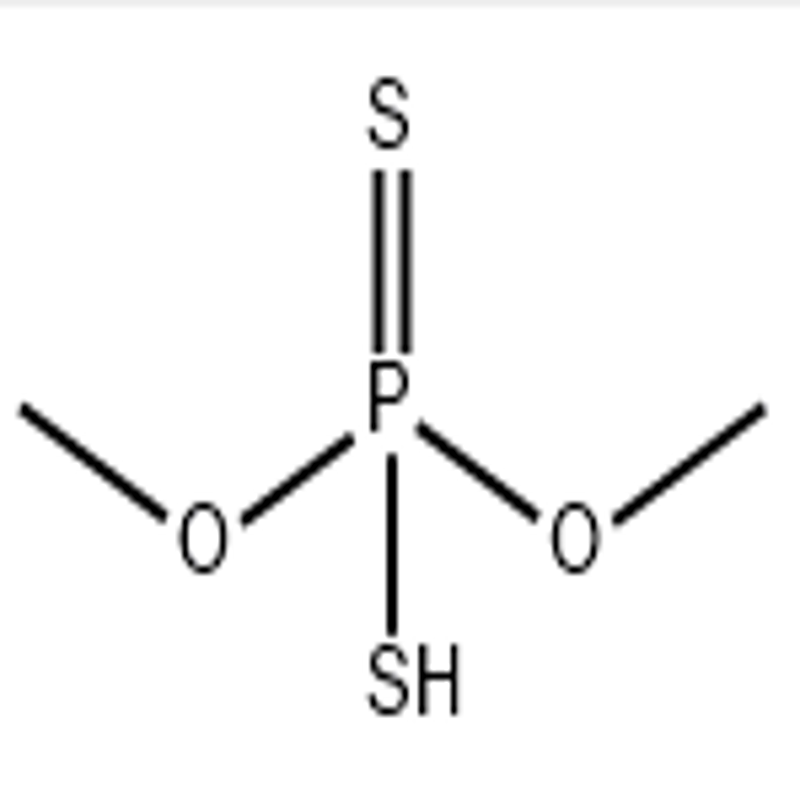-
Categories
-
Pharmaceutical Intermediates
-
Active Pharmaceutical Ingredients
-
Food Additives
- Industrial Coatings
- Agrochemicals
- Dyes and Pigments
- Surfactant
- Flavors and Fragrances
- Chemical Reagents
- Catalyst and Auxiliary
- Natural Products
- Inorganic Chemistry
-
Organic Chemistry
-
Biochemical Engineering
- Analytical Chemistry
-
Cosmetic Ingredient
- Water Treatment Chemical
-
Pharmaceutical Intermediates
Promotion
ECHEMI Mall
Wholesale
Weekly Price
Exhibition
News
-
Trade Service
According to news from the Ministry of Agriculture and Rural Affairs on April 1, the Ministry of Agriculture and Rural Affairs, together with the National Health Commission and the General Administration of Market Supervision, issued a new version of the "National Food Safety Standard Maximum Residue Limits for Pesticides in Food"
.
The standard stipulates 10092 maximum residue limits for 564 kinds of pesticides in 376 (category) foods, and has completed the target task of reaching 10,000 pesticide residue standards in the "Work Plan for Accelerating the Improvement of China's Pesticide Residue Standard System" approved by the State Council
.
The new version of the standard has four main characteristics
.
The first is the substantial increase in the variety and limited quantities of pesticides covered
.
Compared with the 2019 version, the number of pesticide varieties in the new version of the standard has increased by 81, an increase of 16.
7%; the pesticide residue limit has increased by 2,985 items, an increase of 42%; the number of pesticide varieties and the limit has reached nearly 2 of the relevant standards of the International Codex Alimentarius Commission (CAC) Times, comprehensive coverage of pesticide varieties and major plant-derived agricultural products approved for use in China
.
Second, it embodies the "four most stringent" requirements
.
792 limit values for 29 banned pesticides and 345 limit values for 20 restricted pesticides have been set; 5766 residue limits have been formulated and revised for fresh agricultural products such as vegetables and fruits that are of high social concern, accounting for 57.
1 of the total current limits.
%; In order to strengthen the supervision of imported agricultural products, 1742 residue limits for 87 kinds of pesticides that have not been registered in China have been formulated
.
The third is that the standard formulation is more scientific and rigorous and in line with international standards
.
The new version of the standard is formulated based on the data of pesticide registration residue test, market monitoring, residents' dietary consumption, pesticide toxicology and other data.
The risk assessment is carried out in accordance with the common CAC practice, and the opinions of experts, the public, relevant departments and institutions and other stakeholders have been extensively solicited.
, And accepted comments from members of the World Trade Organization
.
The adopted risk assessment principles, methods, data and other requirements are in line with CAC and developed countries
.
The fourth is to speed up the improvement of pesticide residue limit testing methods and standards
.
The three departments also simultaneously issued four pesticide residue detection method standards including the "National Food Safety Standard for the Determination of 331 Pesticides and Their Metabolite Residues in Plant-derived Foods by Liquid Chromatography-Mass Spectrometry", which effectively resolved some of the standards.
Pesticide residue standard "limited quantity, no method" problem
.
.
The standard stipulates 10092 maximum residue limits for 564 kinds of pesticides in 376 (category) foods, and has completed the target task of reaching 10,000 pesticide residue standards in the "Work Plan for Accelerating the Improvement of China's Pesticide Residue Standard System" approved by the State Council
.
The new version of the standard has four main characteristics
.
The first is the substantial increase in the variety and limited quantities of pesticides covered
.
Compared with the 2019 version, the number of pesticide varieties in the new version of the standard has increased by 81, an increase of 16.
7%; the pesticide residue limit has increased by 2,985 items, an increase of 42%; the number of pesticide varieties and the limit has reached nearly 2 of the relevant standards of the International Codex Alimentarius Commission (CAC) Times, comprehensive coverage of pesticide varieties and major plant-derived agricultural products approved for use in China
.
Second, it embodies the "four most stringent" requirements
.
792 limit values for 29 banned pesticides and 345 limit values for 20 restricted pesticides have been set; 5766 residue limits have been formulated and revised for fresh agricultural products such as vegetables and fruits that are of high social concern, accounting for 57.
1 of the total current limits.
%; In order to strengthen the supervision of imported agricultural products, 1742 residue limits for 87 kinds of pesticides that have not been registered in China have been formulated
.
The third is that the standard formulation is more scientific and rigorous and in line with international standards
.
The new version of the standard is formulated based on the data of pesticide registration residue test, market monitoring, residents' dietary consumption, pesticide toxicology and other data.
The risk assessment is carried out in accordance with the common CAC practice, and the opinions of experts, the public, relevant departments and institutions and other stakeholders have been extensively solicited.
, And accepted comments from members of the World Trade Organization
.
The adopted risk assessment principles, methods, data and other requirements are in line with CAC and developed countries
.
The fourth is to speed up the improvement of pesticide residue limit testing methods and standards
.
The three departments also simultaneously issued four pesticide residue detection method standards including the "National Food Safety Standard for the Determination of 331 Pesticides and Their Metabolite Residues in Plant-derived Foods by Liquid Chromatography-Mass Spectrometry", which effectively resolved some of the standards.
Pesticide residue standard "limited quantity, no method" problem
.







